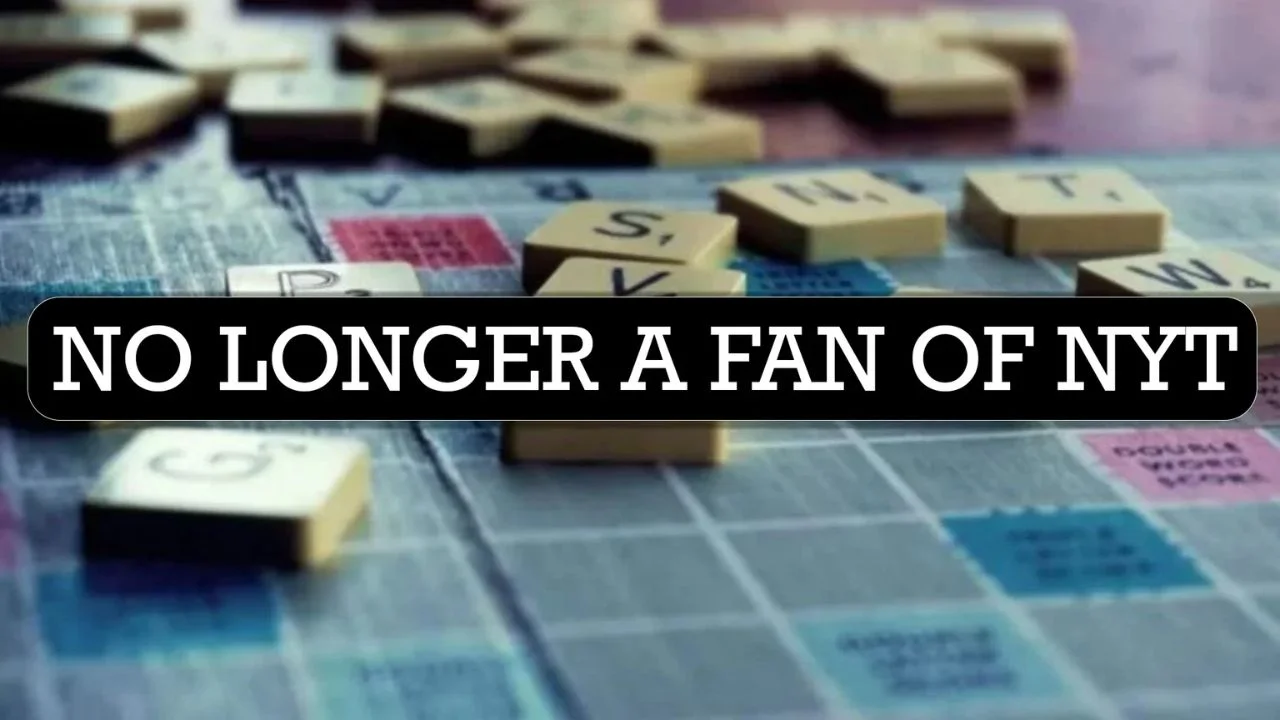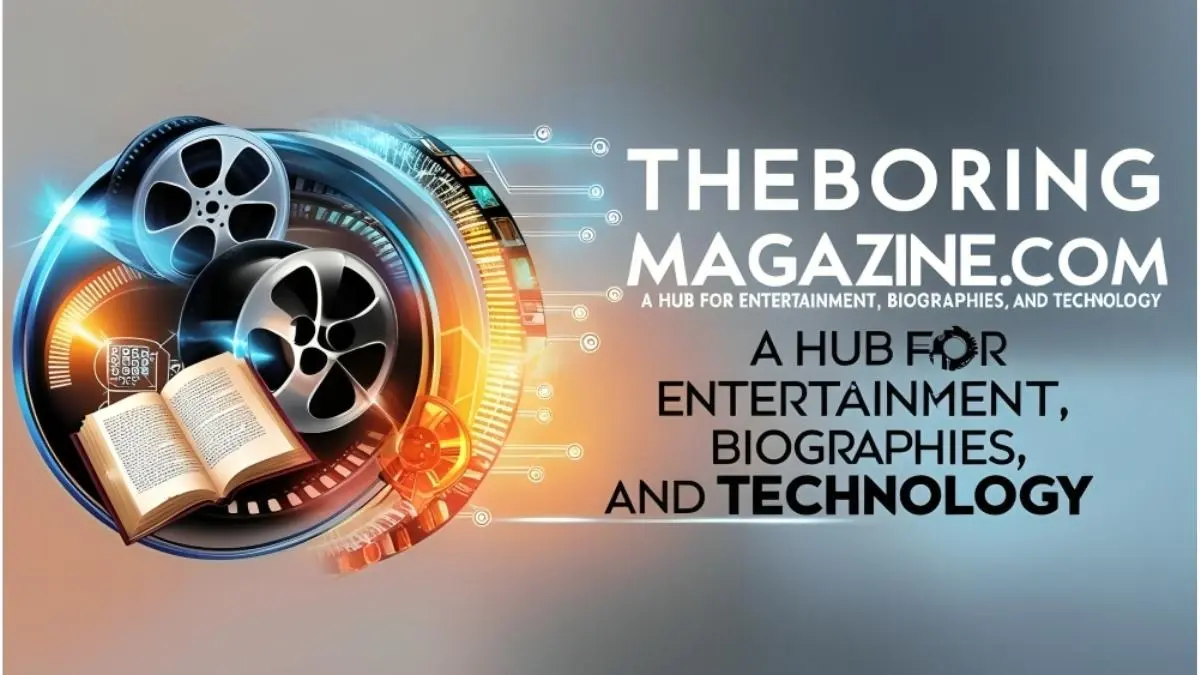The New York Times (NYT) has long been a staple in American journalism, revered for its in-depth reporting, influential editorial stance, and comprehensive coverage of world events. However, for a growing number of readers, the Times no longer holds the same level of respect it once did. A shift has occurred, and many are beginning to question whether the publication’s evolving editorial approach still aligns with the values it once stood for.
The Decline of Objectivity
One of the primary reasons many readers have turned away from The New York Times is its perceived decline in journalistic objectivity. Historically known for its rigorous reporting standards, the Times has increasingly been accused of presenting news with a particular ideological slant. The editorial choices—both in the selection of stories and their framing—often seem to cater to a specific political demographic rather than adhering to traditional standards of neutrality.
This shift is especially evident in its coverage of domestic politics. While partisanship in media is not new, the extent to which The New York Times has been seen as aligning with one side of the political spectrum has raised questions about its commitment to impartial journalism. Critics argue that instead of presenting diverse viewpoints, the paper often amplifies a singular narrative, which compromises its role as a fair and balanced news source.
The Rise of Clickbait Culture
Another factor contributing to the disillusionment with The New York Times is its increasing reliance on sensationalist headlines and “clickbait” tactics. Once praised for its thoughtful analysis and well-researched stories, the NYT has leaned more into viral content and attention-grabbing headlines in recent years. This shift is driven by the pressures of digital media and the need to compete for online clicks, but it has also led to a degradation of the quality of some of its articles.
The emphasis on sensationalism over substance is not just limited to political coverage but extends to entertainment, lifestyle, and even science reporting. Articles that once featured deep dives into complex issues are now often reduced to surface-level summaries that prioritize engagement over nuance. For many readers, this trend has diminished the paper’s credibility and eroded the trust that once made it an authoritative source of information.
The Subscription Model
As media consumption has shifted to digital platforms, The New York Times, like many traditional outlets, has adapted by implementing a paywall and subscription model. While the paywall is a reasonable response to the changing media landscape, it has led to frustration for readers who feel that high-quality journalism should be accessible to everyone, not just those who can afford to pay for it.
Moreover, the NYT’s pricing structure and frequent promotions have raised concerns about its approach to audience engagement. Many readers feel that they are being pushed into subscriptions through constant reminders, limited-time offers, and a heavy emphasis on “premium” content. This has led to a sense that The New York Times, once a symbol of journalistic integrity, is now more concerned with its bottom line than its editorial mission.
The Erosion of Trust
At the heart of the growing disillusionment with The New York Times is the erosion of trust. Trust in a news outlet is built over years of consistent, fair, and reliable reporting. However, with accusations of bias, sensationalism, and prioritizing profit over quality journalism, the paper has begun to lose the very foundation that once made it a go-to news source for millions.
For many, this loss of trust has been a gradual process. What once felt like an institution that held those in power accountable now seems like another cog in the ever-evolving media machine. Readers are increasingly turning to alternative news sources—independent outlets, alternative media, and even social media platforms—for their news, in search of something they believe is more aligned with their values.
Conclusion: A Changing Media Landscape
The shift in sentiment toward The New York Times is part of a broader trend in media consumption, where readers are increasingly skeptical of mainstream outlets. The demand for unbiased, in-depth reporting remains, but it is clear that many feel the traditional media landscape—represented by giants like the Times—has moved away from what they once trusted.
In the end, whether The New York Times can regain its former status as a reliable, neutral source of news remains to be seen. What is certain, however, is that the once-unquestioned loyalty many readers felt toward the paper is no longer as steadfast. As media evolves, so too does the relationship between journalists and their audience. And for many, that relationship with The New York Times may have already come to an end.
FAQs
1. Why are people no longer fans of The New York Times?
Many readers have become disillusioned with The New York Times due to perceived biases in its reporting, an increasing reliance on sensationalism, and a shift toward clickbait-style headlines. Critics also argue that the paper has strayed from its tradition of objective journalism, catering more to certain political ideologies rather than providing neutral, fact-based reporting.
2. Has The New York Times lost its objectivity?
Some critics believe The New York Times has moved away from its historically neutral stance and now demonstrates a political leaning, particularly in its coverage of domestic politics. Many feel that this shift compromises its credibility and impartiality as a journalistic institution.
3. What is the issue with The New York Times’ clickbait culture?
In the digital age, The New York Times has adopted more sensationalist headlines and viral content, prioritizing catchy titles over in-depth reporting. This shift is seen as prioritizing engagement over thoughtful journalism, leading some readers to question the quality of the content.
4. Does The New York Times rely on sensationalism in all its coverage?
While sensationalism is most apparent in its political reporting, the Times has been criticized for adopting a similar approach across various sections, including entertainment, lifestyle, and science. Critics argue that this undermines the paper’s ability to provide nuanced, well-researched pieces.
5. What about the paywall and subscription model?
The introduction of a paywall, while common in the digital era, has led some readers to feel frustrated. Many believe that high-quality journalism should be accessible to all, not just to those who can afford a subscription. Additionally, frequent promotional pushes for subscriptions have contributed to negative perceptions of the publication’s focus on profit.
6. Has The New York Times lost the trust of its readers?
Yes, trust in The New York Times has diminished for some readers due to its perceived bias, sensationalism, and focus on profit. Trust is foundational to journalism, and many feel that the paper’s recent approach has undermined the credibility it once had.
7. Is the decline in The New York Times’ reputation part of a larger trend in media?
Yes, The New York Times’ shift is part of a broader trend in mainstream media where audiences are increasingly skeptical of large, traditional outlets. More readers are turning to alternative sources of news in search of objectivity, fairness, and independence.
8. Can The New York Times regain its former reputation?
While it remains to be seen, there is a growing sense that The New York Times needs to realign with the principles of quality journalism and impartiality in order to restore trust among its readers. Whether it can regain its former reputation depends on its ability to address concerns about bias, sensationalism, and its overall approach to news reporting.
9. What alternatives are there to The New York Times for news?
As readers become disillusioned with mainstream outlets, many are turning to alternative media sources, including independent news sites, smaller publications, and even social media platforms. These alternatives often offer more diverse perspectives or focus on in-depth, investigative reporting.
10. Is this shift a reflection of the changing media landscape?
Yes, the growing skepticism toward The New York Times reflects broader changes in the media landscape. As traditional media outlets face increased pressure to generate revenue in the digital age, many have been forced to adjust their content strategies, sometimes sacrificing journalistic integrity in the process.











